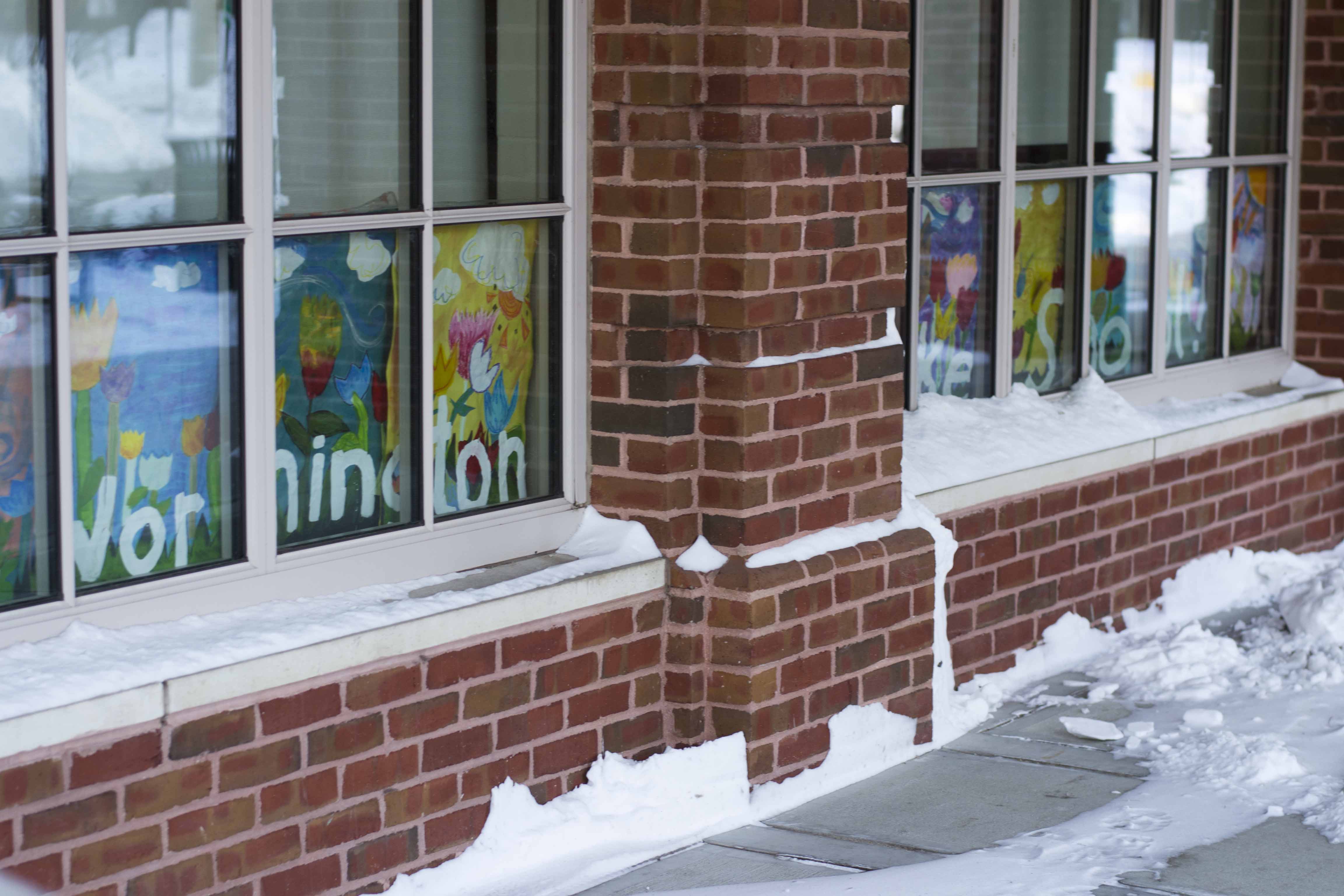
New Haven Public Schools magnet schools received only $36 million of the potential $37.2 million available from a state grant, but Chief Financial Officer Victor De La Paz says this funding gap reflects shortcomings in the state’s magnet school funding formula, not a failure of the schools themselves.
New Haven’s 17 interdistrict magnet schools — which admit students from New Haven and neighboring suburbs based on the results of a lottery — receive $3,000 per New Haven resident enrolled in the school and $7,085 for students who live in neighboring suburban towns, such as Woodbridge, Milford and Hamden. De La Paz said the state set a maximum cap on this year’s funding at $37.2 million, a figure based on the number of Greater New Haven students enrolled in magnet schools on Oct. 1, 2013. Because the data from 2014 is still subject to final review, the state has to use the two-year-old data, he said. But the magnet school system only received $36 million of the potential $37.2 million, because 126 student seats were left unfilled on Oct. 1.
“The big-picture reason is that families have a lot of choices in the region, and they’re not forced or mandated to tell us their plans,” De La Paz said. “The challenge is that by the time we get all that information for all 17 of our schools, there are hundreds of open seats every year, and by the time we hear from them of what their plans are, it’s already the middle of September.”
De La Paz said the state implemented the funding formula in 1999 in order to combat segregation in inner-city schools and to incentivize magnet schools to recruit as many suburban students as possible. The influx of suburban students then results in a greater amount of funding per school. He added that one possible reason for the $1.2 million funding gap is that the school system did not recruit enough suburban students for the magnet schools.
De La Paz said enrolling more New Haven students instead of suburban students could help fill the empty seats, but he added state law mandates that no more than 75 percent of magnet-school students can be New Haven residents.
Sherri Davis-Googe, the NHPS’ director of choice and enrollment, said the school district changed the waitlist process to increase school’s retention of applicants and fill more seats. To gain admission into a magnet school, students rank their top four school choices and the NHPS Placement System groups applications for each school based on the students’ preferences. The schools then draw lotteries for each preference group. Those not admitted are placed on a waitlist.
Whereas individual schools would admit students from the waitlist as seats became available, most rounds of waitlist results for all schools now come out at the same time, within the first few months of the school year, Davis-Googe said. In the old system, if a student were admitted into a school that he placed lower on his preference list before he was admitted into a higher-ranked school, he would enroll in the lower-ranked school before he learned about his other options. But in the new system, students have the option to enroll in the highest-ranked school that admits them, she said.
“By doing so, we were able to place over 73 percent of applicants in their first-ranked school choice,” Davis-Googe said.
De La Paz believes the funding system for New Haven magnet schools should mirror Hartford schools’ system, which designates $13,000 per suburban student, but nothing for students from the city. He said if the rules changed and New Haven were funded like Hartford, Elm City magnet schools would receive $37.5 million.
Darnell Goldson, one of two new Board of Education members elected last Tuesday, said the magnet school system should survey suburban students and parents to determine why some students do not enroll after being admitted from the lottery.
In addition to filling seats, De La Paz said NHPS is working toward improving the state’s funding model for Elm City magnet schools and finding more incentives to attract suburban students. He added that while magnet schools receive less revenue for enrolling New Haven students, the district wants to ensure that New Haven students still have access to “well-resourced” schools.
New Haven magnet schools received $442,000 more from the state and filled 67 more seats this school year than in 2014.







